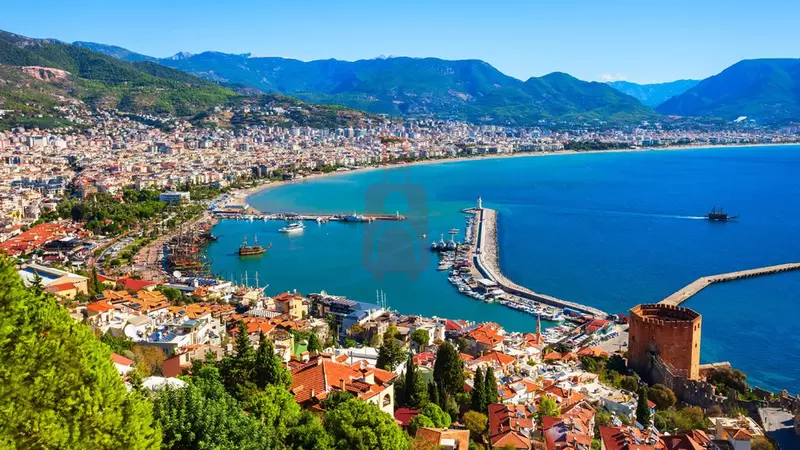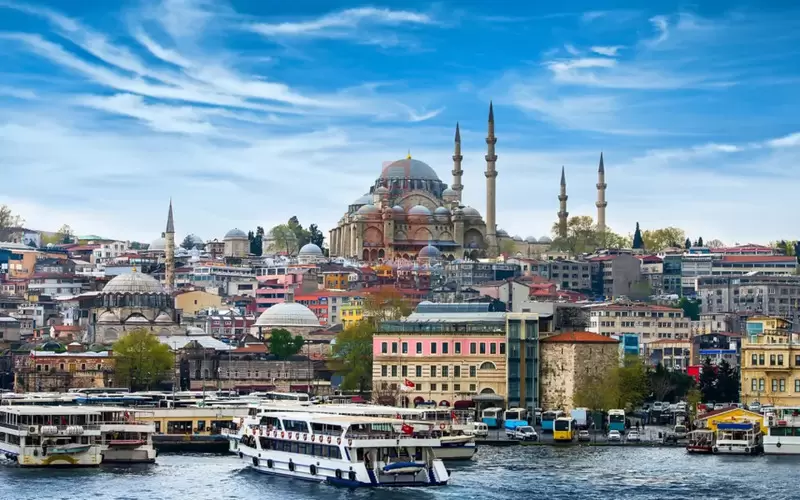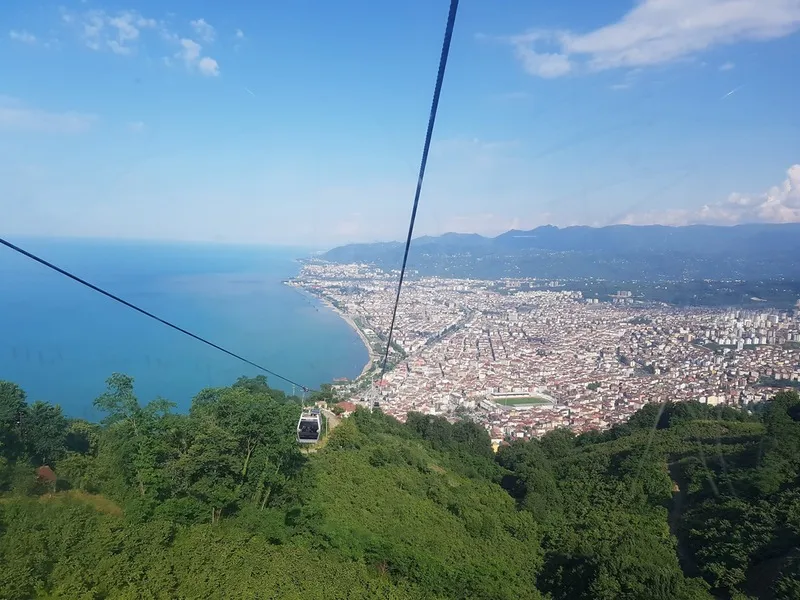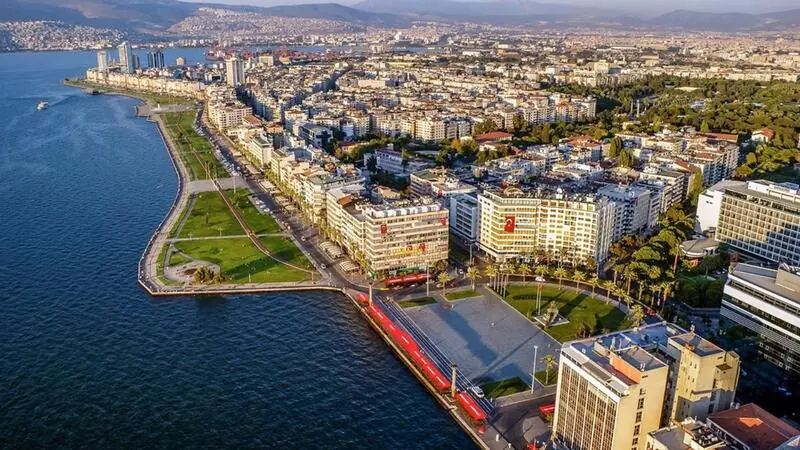Bursa Archaeological Museum
Bursa Archaeological Museum (Turkish: Bursa Arkeoloji Müzesi) is a museum in Bursa, Turkey, dedicated to the history of the city. The museum is located in the city center, near the Ulu Cami. The museum was founded in 1924, and has a collection of over 10,000 objects from the Neolithic, Bronze Age, Classical, Hellenistic, Roman, Byzantine, and Ottoman periods. The museum is divided into four sections: the pre-Ottoman section, the Ottoman section, the modern section, and the library. The pre-Ottoman section contains objects from the Neolithic, Bronze Age, Classical, Hellenistic, and Roman periods. The Ottoman section contains objects from the Byzantine and Ottoman periods. The modern section contains objects from the 19th and 20th centuries. The library contains books, journals, and manuscripts about the history of Bursa.
Troy Museum
The Troy Museum (Turkish: Troya Müzesi) is a museum in Çanakkale, Turkey, dedicated to the ancient city of Troy. The museum is located in the village of Tevfikiye, about 5 kilometers from the site of Troy. The museum was founded in 1993, and has a collection of over 10,000 objects from the ancient city. The collection includes sculptures, mosaics, pottery, coins, and inscriptions. The museum is divided into three sections: the pre-Trojan section, the Trojan section, and the post-Trojan section. The pre-Trojan section contains objects from the Neolithic, Bronze Age, and Classical periods. The Trojan section contains objects from the Trojan War period. The post-Trojan section contains objects from the Byzantine and Ottoman periods. The museum also has a library, a research center, and a gift shop.
Burdur Archaeological Museum
Burdur Archaeological Museum (Turkish: Burdur Arkeoloji Müzesi) is a museum in Burdur, Turkey. It is located in the center of the city, near the Ulu Cami. The museum was founded in 1973, and has a collection of over 10,000 objects from the Neolithic, Bronze Age, Classical, Hellenistic, Roman, Byzantine, and Ottoman periods. The museum is divided into four sections: the prehistoric section, the classical section, the medieval section, and the modern section. The prehistoric section contains objects from the Neolithic, Bronze Age, and Classical periods. The classical section contains objects from the Hellenistic and Roman periods. The medieval section contains objects from the Byzantine and Ottoman periods. The modern section contains objects from the 19th and 20th centuries.
Bolu Museum
Bolu Museum (Turkish: Bolu Müzesi) is a museum in Bolu, Turkey. It is located in the center of the city, near the Ulu Cami. The museum was founded in 1965, and has a collection of over 3,000 objects from the Neolithic, Bronze Age, Classical, Hellenistic, Roman, Byzantine, and Ottoman periods. The museum is divided into three sections: the ancient city section, the medieval city section, and the modern city section. The ancient city section contains objects from the Neolithic, Bronze Age, Classical, Hellenistic, and Roman periods. The medieval city section contains objects from the Byzantine and Ottoman periods. The modern city section contains objects from the 19th and 20th centuries.
Yozgat Museum
Yozgat Museum (Turkish: Yozgat Müzesi) is a museum in Yozgat, Turkey, that houses a collection of artifacts from the region. The museum was founded in 1974, and is located in the city center. The museum's collection includes over 10,000 objects, including sculptures, mosaics, inscriptions, and pottery. The collection focuses on the history of Yozgat from the Neolithic period to the present day.
Söğüt Ertuğrul Gazi Museum
Söğüt Ertuğrul Gazi Museum (Turkish: Söğüt Ertuğrul Gazi Müzesi) is a museum in Söğüt, Turkey, dedicated to the life and legacy of Ertuğrul Gazi, the father of Osman I, the founder of the Ottoman Empire. The museum is located in the center of Söğüt, near the Ertuğrul Gazi Mosque. The museum was founded in 1953, and has a collection of over 1,000 objects, including weapons, armor, clothing, jewelry, and manuscripts. The museum also has a library and a research center.
Uşak Museum of Archaeology
Uşak Museum of Archaeology (Turkish: Uşak Arkeoloji Müzesi) is a museum in Uşak, Turkey, that houses a collection of artifacts from the region. The museum was founded in 1973, and is located in the city center. The museum's collection includes over 20,000 objects, including sculptures, mosaics, inscriptions, and pottery. The collection focuses on the history of Uşak from the Neolithic period to the present day.
Bilecik Museum
Bilecik Museum (Turkish: Bilecik Müzesi) is a museum in Bilecik, Turkey. It is located in the center of the city, near the Bilecik Castle. The museum was founded in 1969, and has a collection of over 10,000 objects from the Neolithic, Bronze Age, Classical, Hellenistic, Roman, Byzantine, and Ottoman periods. The museum is divided into three sections: the ancient city section, the medieval city section, and the modern city section. The ancient city section contains objects from the Neolithic, Bronze Age, Classical, Hellenistic, and Roman periods. The medieval city section contains objects from the Byzantine and Ottoman periods. The modern city section contains objects from the 19th and 20th centuries.
Sumela Monastery
Sumela Monastery (Turkish: Sümela Manastırı) is a Greek Orthodox monastery located in the Pontic Mountains, in the province of Trabzon, Turkey. The monastery is built on a steep rock face overlooking the Altındere River, and is one of the most popular tourist destinations in Turkey. The monastery was founded in the 4th century AD, and was abandoned in the 1920s. In 1997, the monastery was restored and reopened to the public.
Hasankeyf Cultural Park
Hasankeyf Cultural Park (Turkish: Hasankeyf Kültür Parkı) is a museum and cultural park in Hasankeyf, Turkey. The park is located on the banks of the Tigris River, and was opened in 2017. The park has a collection of over 1,000 artifacts from the ancient city of Hasankeyf, which was flooded by the construction of the Ilısu Dam. The artifacts include sculptures, mosaics, pottery, and coins. The park also has a museum, a library, and a research center.









